Dim Sum is a meal of steamed buns, dumplings and many other small dishes accompanied by tea. This cantonese tradition dates to the late 1800s in the teahouses of China’s Guangdong Province. “Dim sum” translates to “touch the heart,” a nod to both the not-overly-filling portions and the family-style setting in which they were enjoyed. Today’s dim sum restaurants feature servers pushing food carts from table to table for diners to order.
A few of our favorites include:
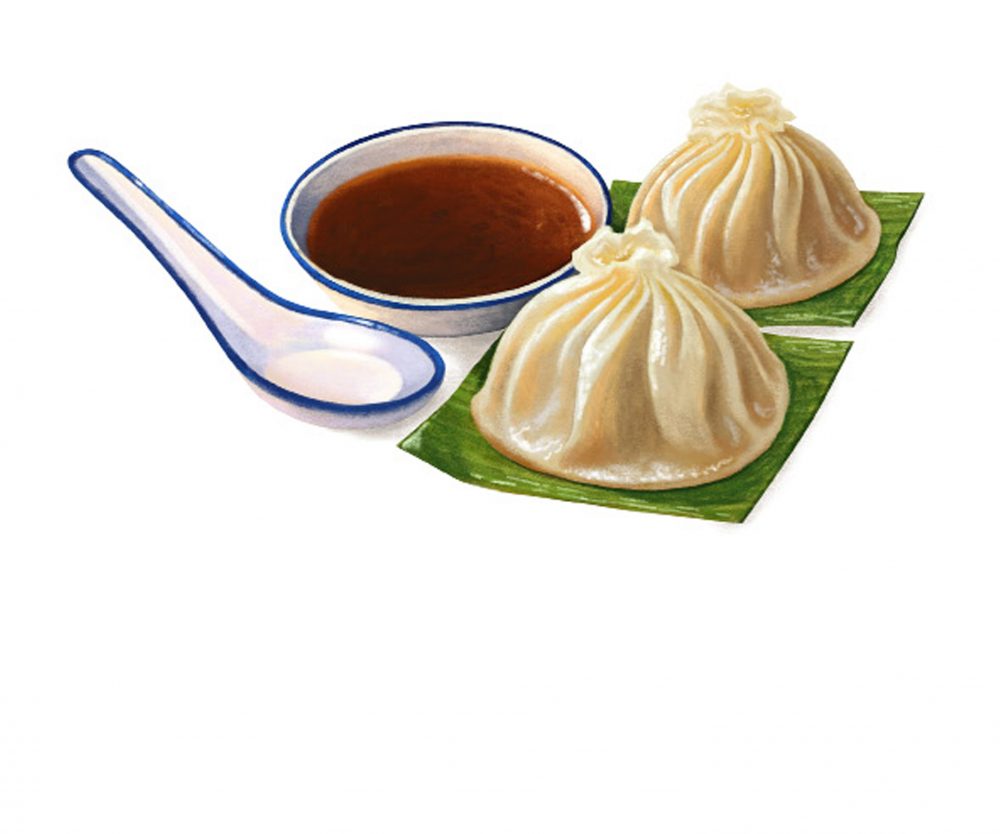
Soup Dumplings
Xiao long bao, or soup dumplings, are from Shanghai—an exception to the typically Cantonese dishes at dim sum. The dumplings boast a stretchy skin made from wheat dough, just thick enough to encase its juicy fillings, sealed in by skillfully pleated folds. Each is stuffed with tender meat (typically pork) and a cube of jellied broth, made by slow-cooking collagen-rich bones and pork trimmings. When steamed, the gelled broth melts into a rich, juicy “soup.” To eat, use chopsticks to place a soup dumpling in a flat-bottomed spoon, which catches any broth that spills as you bite into the dumpling.
Fried Sesame Balls
Each bite of these deep-fried treats (called jian dui) is a study in texture. A crisp, golden brown, sesame-studded outer shell gives way to a spongy-soft glutinous rice layer beneath, followed by a plush surprise—a sweet center of red bean paste or chestnutty lotus seed paste. They also can be made with pork, which provides an interesting contrast between the sweet sesame shell and the savory, meaty filling.
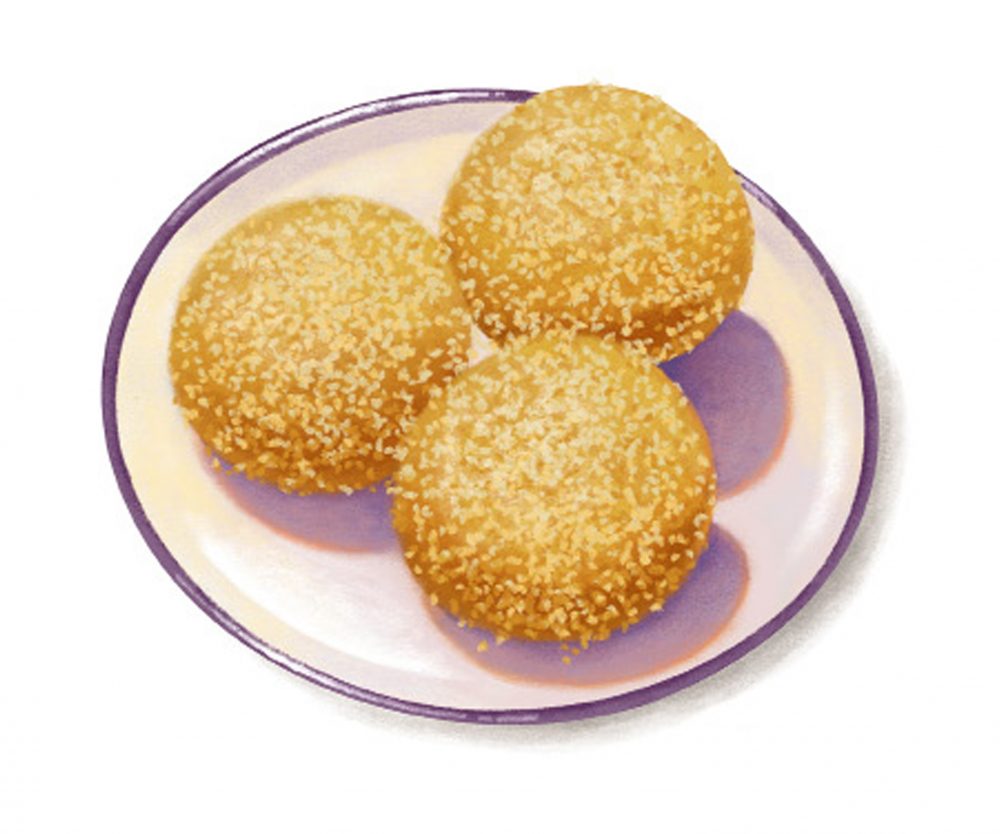
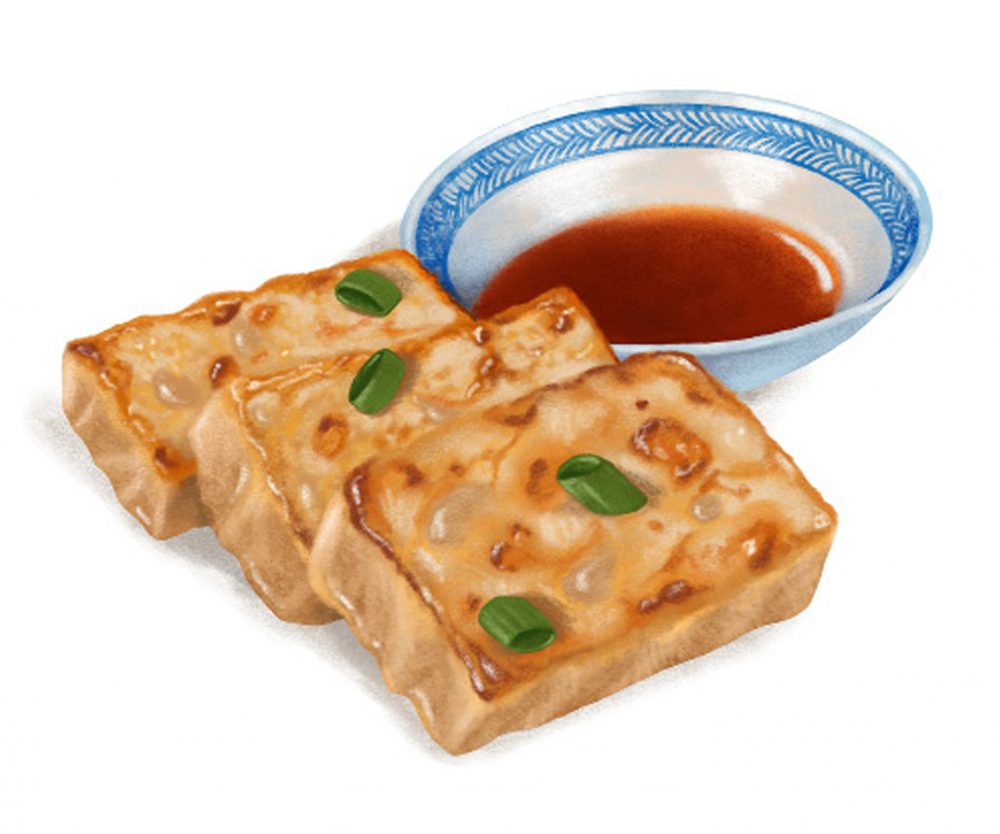
Turnip Cakes
Though called “turnip cakes,” these golden-brown slabs—also known as lo bak go—actually are made from daikon radish mixed with rice flour for a soft, starchy interior and fried exterior. Some versions of lo bak go may also include ingredients such as pungent Chinese sausage, dried shrimp, preserved pork belly or dried mushrooms, which give the simple dish surprising complexity and umami depth.
Egg Custard Tarts
The perfect balance of rich and light, these petite tarts (or dan tat) combine flaky, buttery pastry shells with a silky, sweet egg-based custard enhanced by rounded vanilla notes. With roots in Europe, the tarts made their way to China in the 1500s, bearing a marked resemblance to Portuguese pastéis de nata and English custard tarts.
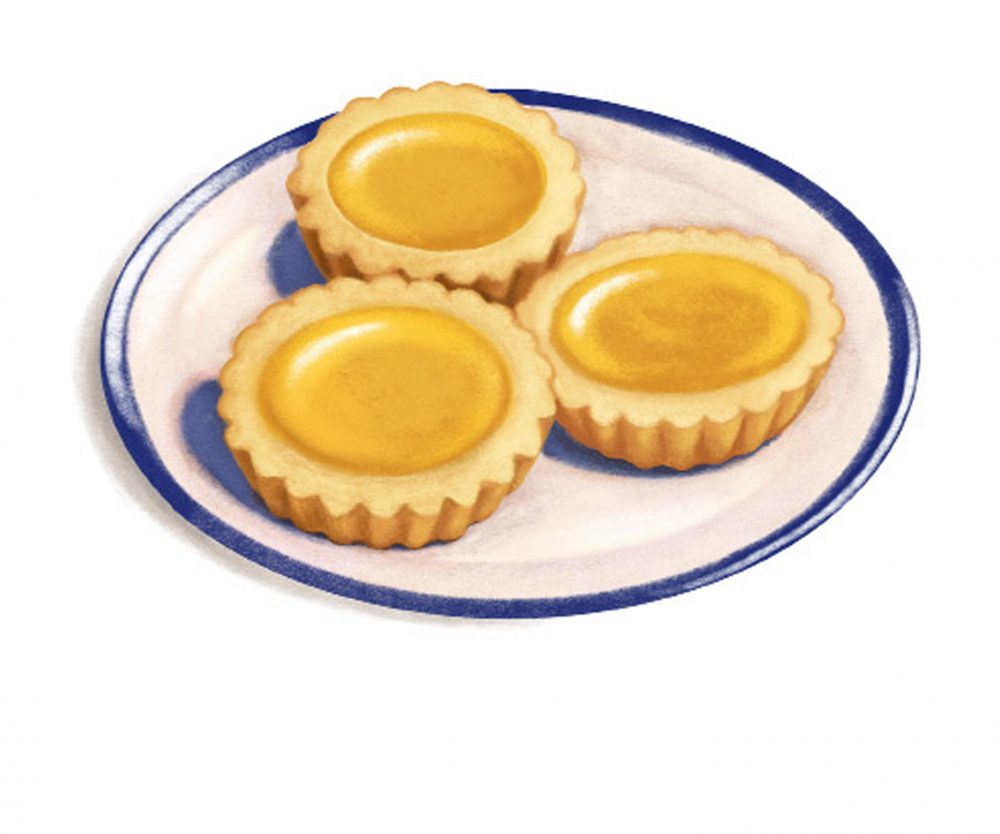
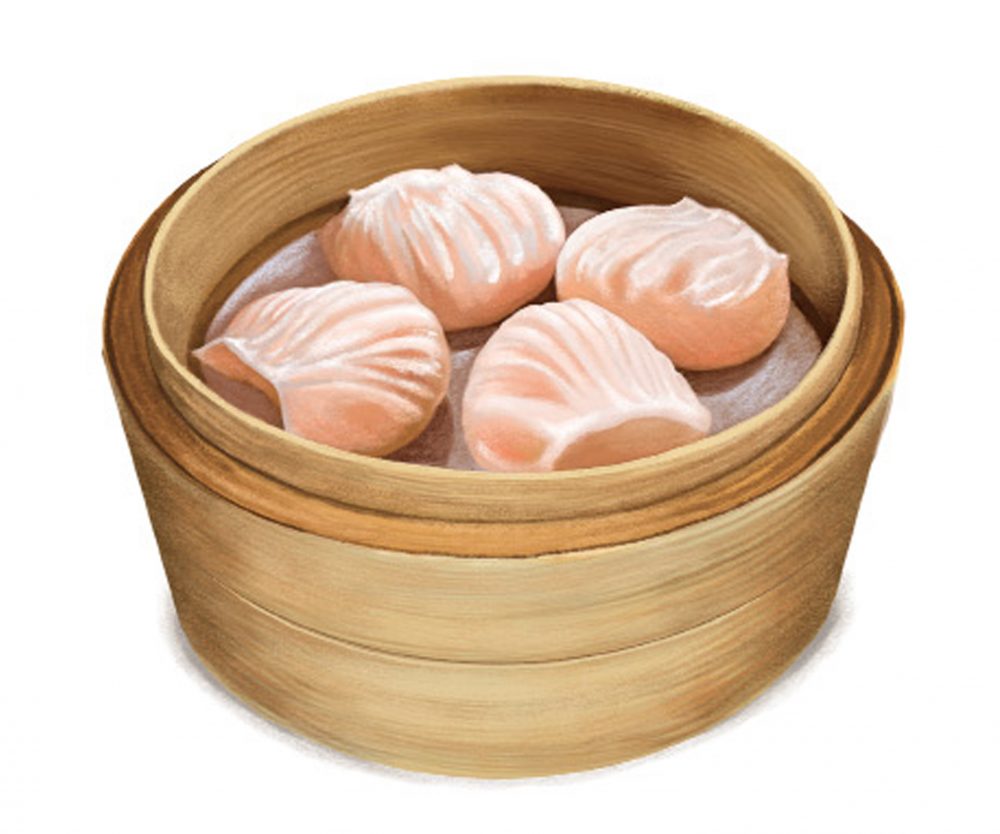
Crystal Shrimp Dumplings
These dumplings (known as har gow) contain shrimp, bamboo shoots and pork fat, all wrapped in a translucent dough that’s tricky to perfect. Notoriously sticky, it should be rolled thin enough to see the pink hue of the dumpling’s filling but thick enough not to rip when picked up with chopsticks. Another telltale sign of high quality is the number of intricate pleats that seal the outer edge—12 or more folds indicate the dumplings were made by a dim sum master.






